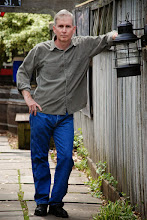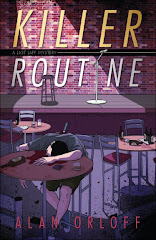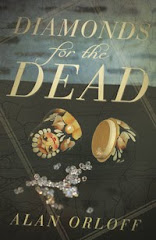Last week, I finished the first draft of a new novel. It’s a slightly different genre than most of my books, and I had a fun time writing it. However, it looks a lot like most of my first drafts.
That is to say (depending on my mood): putrid, puerile, bad, awful, mediocre, stilted, too short, too long, infantile, off-the-wall, brilliant, boring, too fast paced, nonsensical, unsalvageable, too slow-paced, and/or hideous. I followed Ann Lamott’s priceless advice and gave myself permission to write a $#!^^y first draft. I’m proud to say that I succeeded!
My method:
When I write a first draft, I plow through, from beginning to end. I don’t go back and edit what I’ve written along the way. If I change a character’s name halfway through, I don’t go back and change it. If I add a subplot or change a location or introduce a new character altogether, I don’t go back and fix things up. If I don’t know the name of something (or if I forget the name of a character), I put in XXXX and keep on typing, knowing I’ll take care of it later. Ever forward.
My rationale:
This strategy was borne of laziness. I don’t want to spend time editing and revising something that’s going to get cut in the second draft. So I put on my blinders, sit down, and pound out the best story I can (I do outline, which keeps me somewhat on track). As I go along, I note all the changes I’ve made so I can go back and fix things. Once I’ve finished, I can step back and take an objective look at the entire hot mess. Invariably, it needs a lot of work.
But I guess that’s what the revision process is for.
How about you, writers? Do you fix/edit/revise as you go? Or do you wait until everything’s done and go back and fix it then, once you see the big picture?
Top Ten Best Things About A First Draft
10. You can test-drive a few adverbs without getting yelled at.
9. It actually sounds better when read aloud with an Inspector Clouseau accent.
8. It provides amusement for your critique partners.
7. You can use lame jokes, stereotypes, bad grammar, and stilted dialogue, knowing (hoping?) they'll disappear during the revision process.
6. It's a good way to use up scratch paper.
5. You don't have to show it to your agent, editor, or spouse.
4. Your dog/cat/gerbil thinks it's terrific, no matter how many words are misspelled.
3. It makes good kindling.
2. It helps support the market for red pens.
And the number one best thing about a first draft:
1. There's only one place to go from there: Up.
(This entry is “simul-posted” on Criminal Minds.)





















































